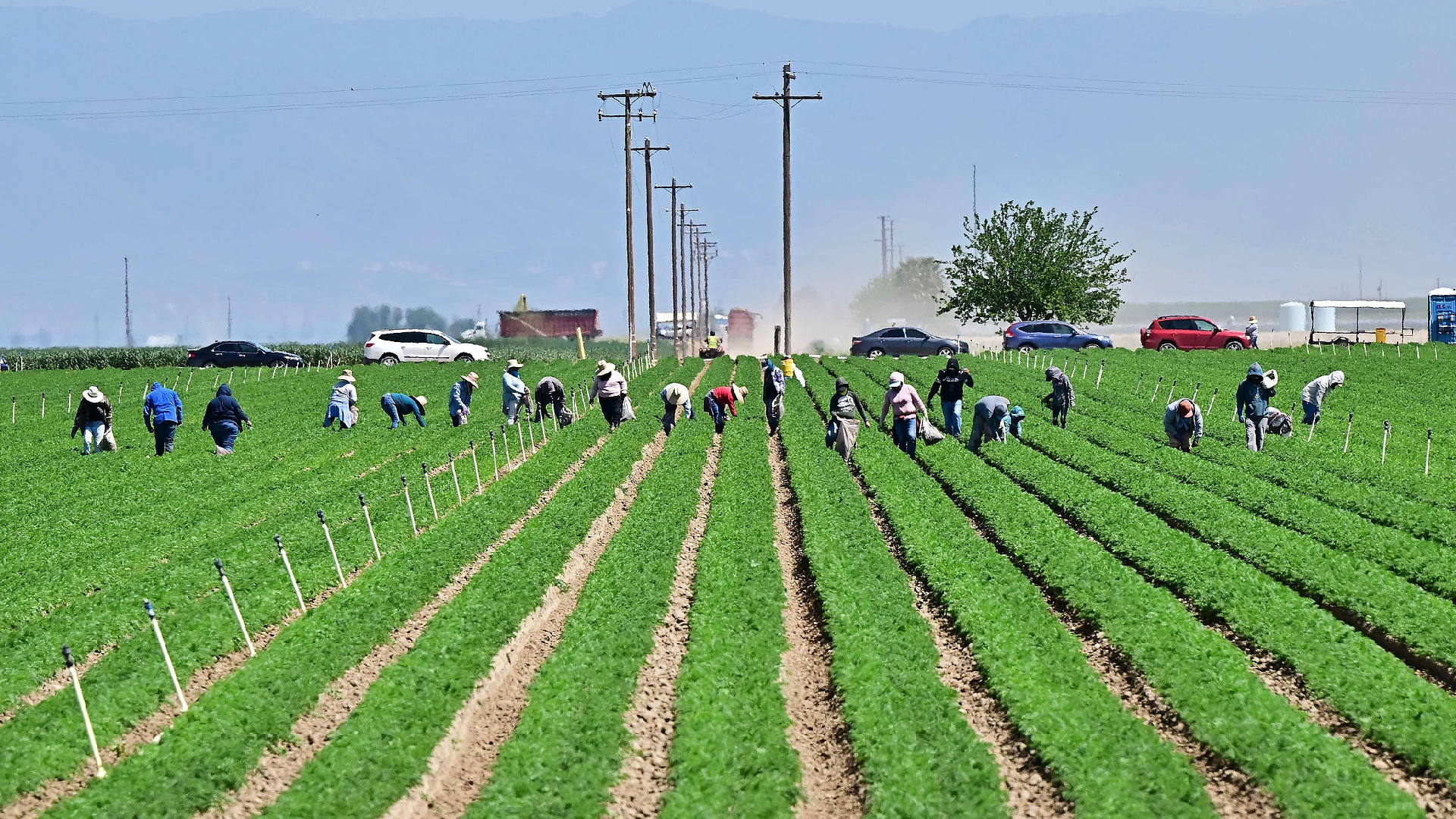China releases guidelines to accelerate eco-friendly transition
China has released a set of guidelines aimed at achieving the green transition across various aspects of economic and social development by 2030. These guidelines detail essential tasks in five key areas and outline three major links to establish a green, low-carbon, and circular development trajectory by 2035.

The recently released guidelines set ambitious goals, stating that by 2030, the country will attain "remarkable results" in its green transition efforts, and by 2035, a green, low-carbon, and circular development path will be firmly established.
The guidelines outline various tasks, including optimizing the development and protection of different regions, advancing the green and low-carbon transformation in the energy, transportation, and industrial sectors, as well as in urban-rural development.
These tasks focus on five key areas and three major links, as stated by the National Development and Reform Commission, the country’s top economic planner. These links emphasize enhancing the efficiency of energy resource utilization, encouraging green consumption and lifestyle practices, and promoting technological and scientific innovations.
Additionally, the guidelines specify quantitative targets for various sectors. By 2030, the energy conservation and environmental protection industry is expected to reach approximately 15 trillion yuan (around $2.1 trillion). The guidelines also indicate that the share of non-fossil energy in total consumption will rise to around 25 percent, and the installed capacity for pumped storage hydropower will surpass 120 million kilowatts.
Furthermore, by 2030, it is projected that the carbon emission intensity of commercial transportation per unit of turnover will decrease by about 9.5 percent compared to 2020 levels. The annual utilization of bulk solid waste is anticipated to reach approximately 4.5 billion tonnes, with the output rate of primary resources increasing by around 45 percent compared to 2020, according to the guidelines.
(Xinhua with edits)
Sophie Wagner contributed to this report for TROIB News
Find more stories on Business, Economy and Finance in TROIB business












